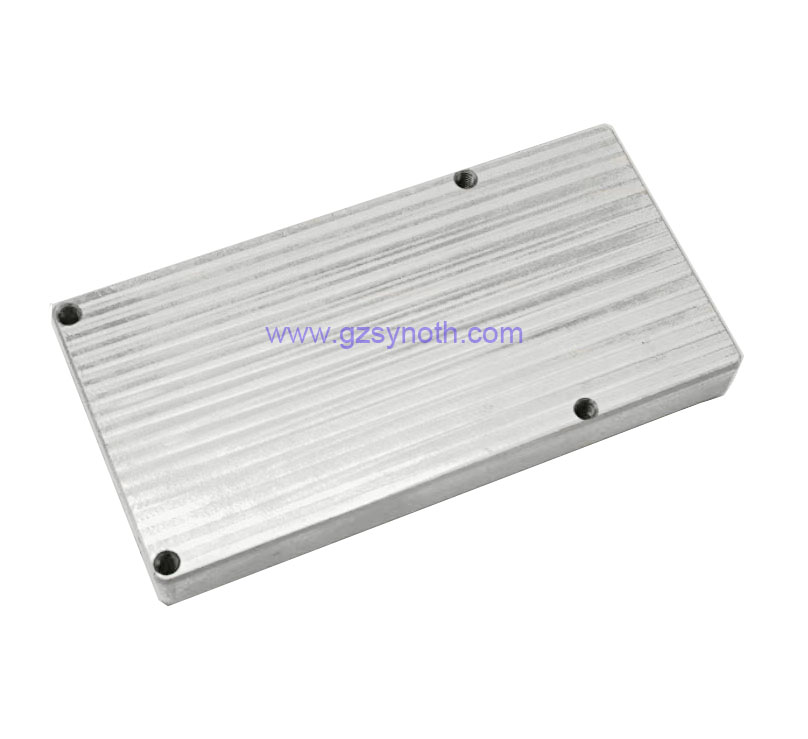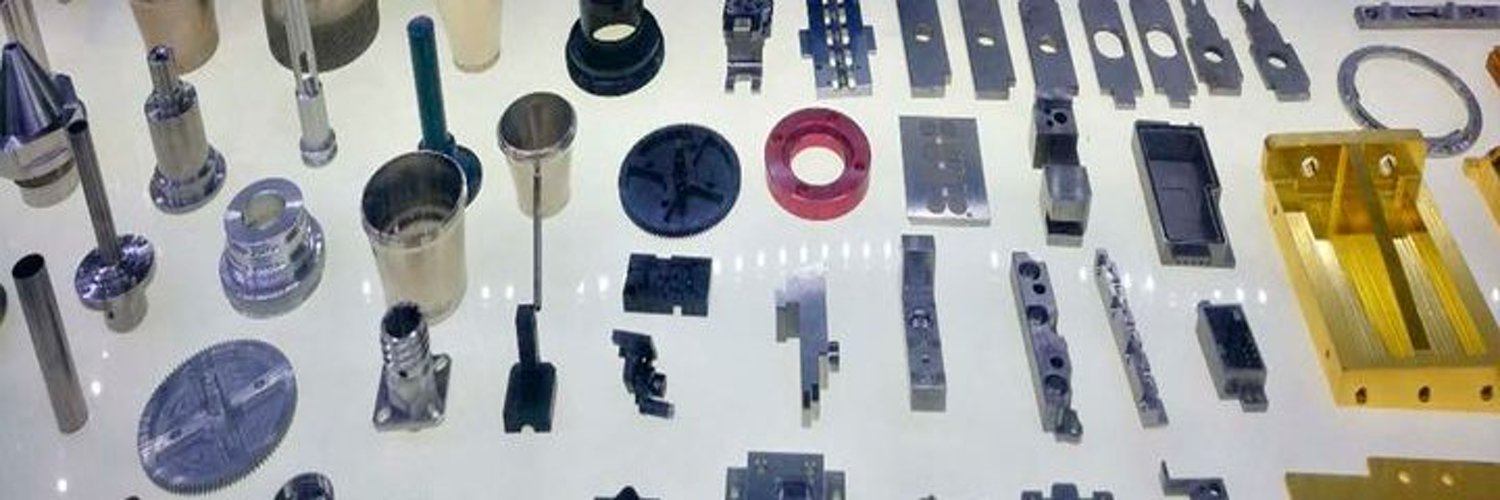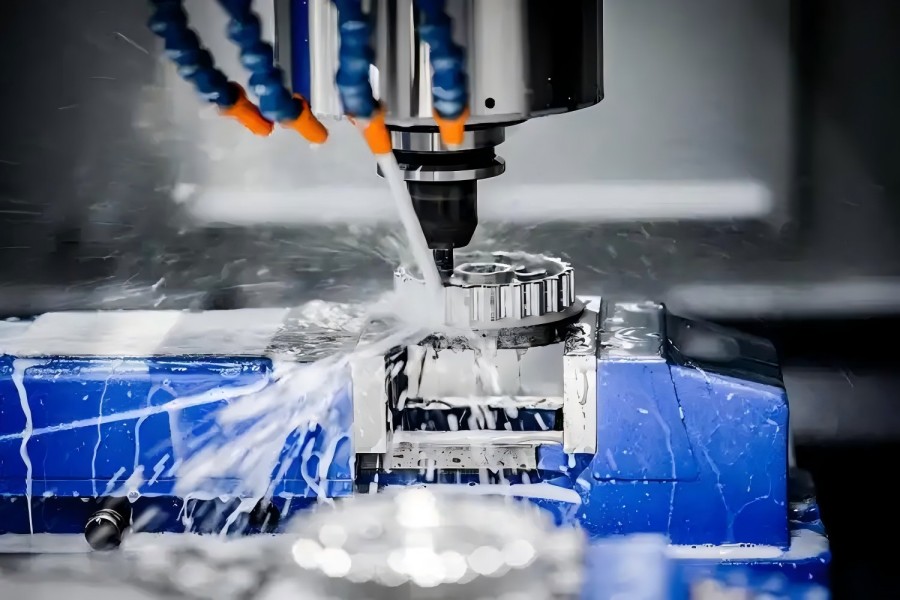News Categories
Contact Us
020-86988980
- Guangzhou Sinoth Import and Export Co., LTD
Tel: 020-8968-8980
Website:www.gzsynoth.com
Email: belinda@dginfa.com(24 hours online)
Phone: +86 189 2740 6786
Address: No 5, Jinshi Three Street, Shiling Town, Huadu District,Guangzhou City, Guangdong Province
News
Current Location:Home > News > News
The difference Between 6061 and 7075 Aluminum Alloy?
Add Time:2025-05-14
The differences between 6061 and 7075 aluminum alloys can be summarized across several key categories:
First. Composition
6061: Primarily alloyed with magnesium (1.0%) and silicon (0.6%), with smaller amounts of copper (0.25%) and chromium. It belongs to the 6xxx series (magnesium-silicon alloys).
7075: Primarily alloyed with zinc (5.6%), along with significant amounts of magnesium (2.5%) and copper (1.6%). It belongs to the 7xxx series (zinc alloys).
 Second. Mechanical Properties
Second. Mechanical Properties
Strength:
6061 (T6 temper): Tensile strength ~310 MPa, yield strength ~275 MPa.
7075 (T6 temper): Tensile strength ~570 MPa, yield strength ~505 MPa.
7075 is nearly twice as strong as 6061, making it ideal for high-stress applications.
Ductility: 6061 is more ductile and easier to form, while 7075 is stiffer and less malleable.
Third. Corrosion Resistance
6061: Excellent resistance to atmospheric and marine corrosion.
7075: More prone to stress corrosion cracking (especially in T6 temper). Often overaged (e.g., T7 temper) to mitigate this, but at the cost of reduced strength.
Forth. Weldability
6061: Easily weldable using common methods (TIG, MIG).
7075: Poor weldability due to cracking risks; typically avoided in welded structures.
Fifth. Machinability
6061: Softer but can produce a "gummy" finish; requires proper tooling.
7075: Harder, resulting in better machinability and surface finish, though tool wear may be higher.
Sixth. Applications
6061: Used where weldability, corrosion resistance, and moderate strength are key. Common in bicycle frames, automotive parts, marine hardware, and construction.
7075: Preferred for high-strength applications, such as aerospace components, military gear, and high-performance automotive parts (e.g., gears, shafts).
Seventh. Cost
6061: More affordable and widely available.
7075: Higher cost due to specialized composition and applications.
Eighth. Other Considerations
Anodizing: Both can be anodized, but 7075 may yield a darker finish due to copper content.
Fatigue Resistance: 7075 offers better fatigue resistance in non-corrosive environments.
Thermal/Electrical Conductivity: 6061 has slightly better conductivity due to lower alloy content.
Summary
Choose 6061 for balanced properties, corrosion resistance, weldability, and cost-effectiveness.
First. Composition
6061: Primarily alloyed with magnesium (1.0%) and silicon (0.6%), with smaller amounts of copper (0.25%) and chromium. It belongs to the 6xxx series (magnesium-silicon alloys).
7075: Primarily alloyed with zinc (5.6%), along with significant amounts of magnesium (2.5%) and copper (1.6%). It belongs to the 7xxx series (zinc alloys).

Strength:
6061 (T6 temper): Tensile strength ~310 MPa, yield strength ~275 MPa.
7075 (T6 temper): Tensile strength ~570 MPa, yield strength ~505 MPa.
7075 is nearly twice as strong as 6061, making it ideal for high-stress applications.
Ductility: 6061 is more ductile and easier to form, while 7075 is stiffer and less malleable.
Third. Corrosion Resistance
6061: Excellent resistance to atmospheric and marine corrosion.
7075: More prone to stress corrosion cracking (especially in T6 temper). Often overaged (e.g., T7 temper) to mitigate this, but at the cost of reduced strength.
Forth. Weldability
6061: Easily weldable using common methods (TIG, MIG).
7075: Poor weldability due to cracking risks; typically avoided in welded structures.
Fifth. Machinability
6061: Softer but can produce a "gummy" finish; requires proper tooling.
7075: Harder, resulting in better machinability and surface finish, though tool wear may be higher.
Sixth. Applications
6061: Used where weldability, corrosion resistance, and moderate strength are key. Common in bicycle frames, automotive parts, marine hardware, and construction.
7075: Preferred for high-strength applications, such as aerospace components, military gear, and high-performance automotive parts (e.g., gears, shafts).
Seventh. Cost
6061: More affordable and widely available.
7075: Higher cost due to specialized composition and applications.
Eighth. Other Considerations
Anodizing: Both can be anodized, but 7075 may yield a darker finish due to copper content.
Fatigue Resistance: 7075 offers better fatigue resistance in non-corrosive environments.
Thermal/Electrical Conductivity: 6061 has slightly better conductivity due to lower alloy content.
Summary
Choose 6061 for balanced properties, corrosion resistance, weldability, and cost-effectiveness.
Choose 7075 for maximum strength in demanding applications, accepting trade-offs in corrosion resistance and weldability.



